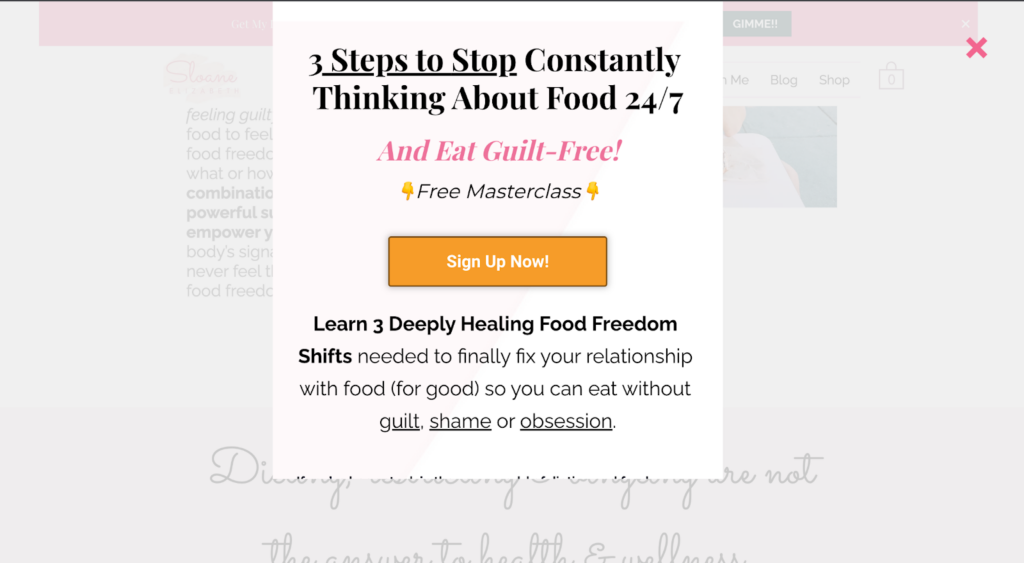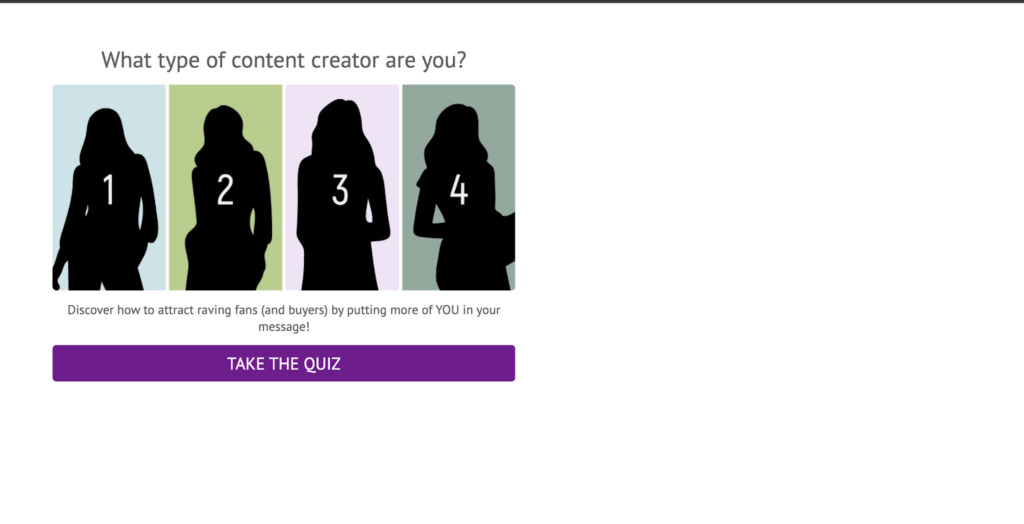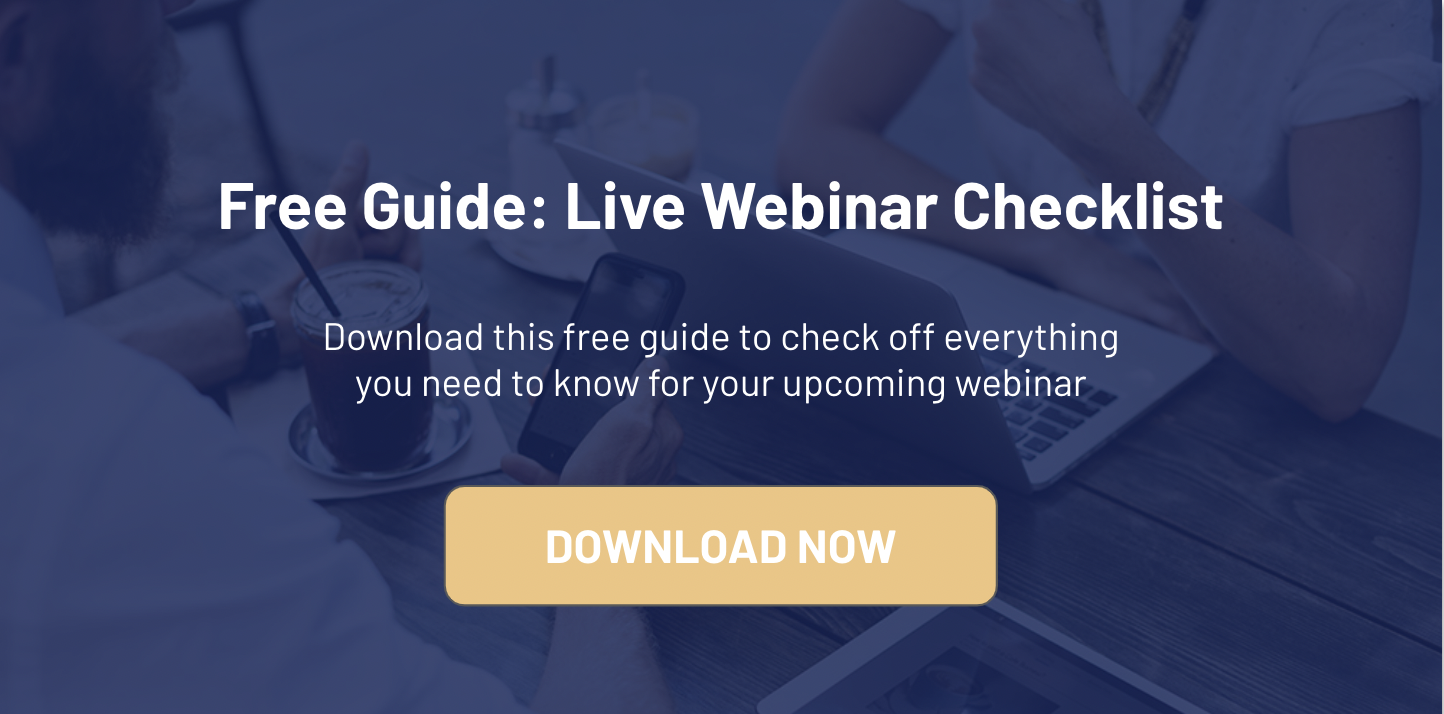The creator economy is expanding fast. In 2021, 11.5 million Americans earned money from activities like online coaching, according to an MBO Partners study. While this is excellent news, it also means fiercer competition. Coaches who want to stand out must increase their visibility to their target audience: Enter lead magnets. A lead magnet is a tool that helps you capture the attention of your target audience.
For a lead magnet to convert — that is, drive signups to your coaching program, it must engage the audience, provide helpful information, and establish a clear communication path for follow-up. This article discusses seven lead magnet ideas for coaches that convert and why they work.
Skip to the top lead magnet ideas:
💡 Create and publish a lead magnet funnel in minutes with Thinkific Funnels
Leveraging our AI powered funnel, build and publish a landing page to offer a free digital download to your prospects in return for their email addresses.
Related for lead magnet ideas in general: 30 Ultra-Effective Lead Magnet Ideas (With Examples)
1. Podcasts
Podcasts have become increasingly popular since the pandemic. In the U.S., for instance, there are now more weekly podcast listeners than total Netflix subscribers, according to Edison Research and Triton Digital’s 2021 study. So, podcasting is worth exploring if you want to get in front of your potential clients, capture their attention, and showcase your expertise.
Coaches like April Beach and Britany Felix use podcasts to generate tons of business leads. Like them, you can launch your own podcast, or be a guest on top podcasts in your industry, depending on two factors: Time and audience size.
- Time: If you want to generate immediate leads for an ongoing coaching program, it’s better to focus on landing guest slots on existing podcasts than building your podcast from scratch. It takes time to launch a new podcast and grow a following of dedicated subscribers and listeners.
- Audience size: If your podcast doesn’t have a large number of listeners, consider appearing as a guest on popular industry podcasts to promote your coaching program and reach more people. For example, if you are a fitness coach, you can be a guest on Mind Pump or Sika Strength.
To drive conversions with podcasts, ensure that the topic of discussion is directly related to the pain points your coaching program solves. For example, if you’re launching a 30-day fitness program, you could discuss why people struggle with fitness consistency. Then include relevant call-to-actions — like a link to your website or a landing page — where interested people can learn more about your coaching program and sign up for more information.
Related: 3 Ways To Create A Lead Magnet That Actually Converts
2. eBooks
eBooks are perhaps the most popular lead magnets for coaches because creating them is a straightforward process, and you can quickly turn an eBook into an online course in the future. Also, collecting information from leads for an eBook is simple — you only need a form where they can fill in their contact information to download the resource, or have it sent to them as an email attachment. The form can live on a separate landing page or be embedded into your website as a popup.
Capturing leads with an eBook is only one piece of the puzzle. To drive conversions, you should ensure your eBook provides value for the readers. High-converting eBooks are research-driven, concise (about 5,000 words) and visually appealing. Without these, your eBook will fall below the readers’ expectations, and they might not be interested in buying or signing up for your course or coaching program.
CPA and financial coach, Alexis Krystina, does a great job of creating high-converting eBooks. On her website, she shares a free downloadable PDF blueprint on simple bookkeeping and tax strategies for entrepreneurs. This topic is relevant to her target audience, and the information in the eBook is presented in a concise and engaging manner.
Speaking more about why her eBook works, Alexis said, “It has a tripwire into a really valuable masterclass, and that, of course, brings people onto my email list. It also takes them through a journey that’s almost like a ‘shop with me’ session so that they can preview and select the offer that best aligns with them.”
3. Webinars & Evergreen Webinars
Since the pandemic, more people have turned to webinars to connect with their audience virtually. In 2021, Manifest conducted a survey with 500 participants and discovered that 39% of them attended more webinars in 2020 than in the previous year. And the numbers keep soaring.
Webinars are extremely effective lead magnets for coaches because they enable real-time interactions with your audience and help you build a more personal connection with participants than with eBooks, for example.
Those who sign up for your webinar already believe you can help them somehow. Your job is to cement that trust by sharing valuable information worth their time, not rehashing what they already know. Moe Odele, the founder of Scale My Hustle, does this excellently. In her free webinars, she shares practical knowledge and tips to help people looking to become digital creators and launch consulting practices. With such value, it’s easy to convert attendees to purchase digital products and sign up for her courses.
Like Moe, you can use webinars to drive excellent results for your coaching program. Some tips to help you:
- Research your audience
- Promote the webinar well ahead of time
- Host your webinar on the right platform
Read our complete guide for using webinars to promote your courses to learn more about these tips plus other webinar best practices.
Related:
- 6 Step Lead Magnet Funnel To Capture & Convert Prospects (+Templates)
- How To Use Evergreen Automated Webinars In Your Funnel
4. Masterclasses
A masterclass and a webinar are quite similar and typically follow the same planning process. However, the major difference between these lead magnet types is the degree of topic specialization.
While a webinar focuses on general or top-level information on the subject, a masterclass provides deep knowledge to help attendees develop expertise in a particular topic. This is why masterclasses are typically more narrow-focused than webinars and appeal to a smaller audience. For example, a webinar topic can be “Why content marketing is important for small businesses,” and a masterclass topic can be “Content marketing strategies for building brand awareness as a small business.”
Hosting a masterclass is an opportunity to show your expertise in the subject and build credibility in your industry. For example, food coach, Sloane Elizabeth, uses a 72-minute masterclass called “3 Steps to Stop Constantly Thinking About Food 24/7” to attract clients for her Food Freedom Collective program. The Food Freedom Collective teaches participants how to ditch diet culture and eat healthily. This lead magnet helps Elizabeth generate up to 20,000 dollars monthly in revenue.
 Source: https://www.sloane-elizabeth.com/
Source: https://www.sloane-elizabeth.com/
Related: 11 Types of Life Coaching Products to Start Selling Today
5. Worksheets
Want to break from monotonous, abstract learning? Use worksheets as lead magnets. A worksheet lists questions or tasks for learners to complete to ensure they fully grasp a subject or topic. It is a nice way to validate the knowledge you’ve shared and show your target audience that they can apply what they’ve learned to solve real-life problems.
You can use worksheets separately or with other lead magnets. For example, you can publish a blog post on a particular subject and embed a link to download the worksheet — like GoGoDone does here. People who want to download the worksheet will provide their email addresses, and you can nurture those leads to convert.
Worksheets promote active learning, which is a more valuable learning method. Active learning means that students fully participate in learning activities to ensure they understand the information being passed by the tutor.
6. Online Quizzes
Switch up your lead magnets with online quizzes. Quizzes are fun, and engaging and provide personalized answers to your audience rather than general information. They are also a great way to learn about your target audience, so you can tailor your lead nurturing content to suit their specific needs and preferences.
Catherine Nikkel, a mindful content coach, says, “I have found that lead magnets with actionable content like quizzes and worksheets convert well — more than information style downloads.” Catherine uses a What Type of Content Creator Quiz to provide personalized insights to her audience in a fun way. After taking the quiz, participants input their email addresses to get their results, which allows Catherine to follow up with useful, targeted information to drive conversions.
 Source: https://catherinenikkel.com/quiz/
Source: https://catherinenikkel.com/quiz/
Like Catherine, you can create engaging quizzes that capture and convert your target audience. Some tips to help you pull this off are:
- Keep your quiz short and simple
- Craft an engaging and catchy title
- Spice things up with images and gifs
- Make your questions fun and relatable
Read this article to learn more about using quizzes in online courses.
7. Videos
88% of people say that they’ve been convinced to buy a product or service by watching a brand’s video, according to Wyzowl’s 2022 State of Video Marketing Report. Videos drive conversions because they are engaging, communicate information clearly, and help to build trust.
Tracey Beavers, a business and sales coach, uses a video paired with a guide to capture leads for her organic marketing course. The lead magnet, titled Social Media Content Made Easy, teaches her target audience how to craft three months’ worth of social media content in thirty minutes.
You don’t have to spend lots of money on video creation. You can create lead magnet videos with your smartphone and a professional editing app like Veed.io or Invideo. The most important thing is your video is clear, engaging, and straight to the point. Over time, you can invest in a more sophisticated video creation process.
8. Templates
Templates are powerful tools for coaches looking to provide immediate, practical value to their audience. They offer a ready-made structure for various tasks, which can be a huge time-saver for your clients.
Templates are attractive because they offer a tangible and immediate solution to a common problem. They also give a taste of your coaching style and effectiveness.
Example: As a life coach, you could offer a “Weekly Goal Setting Template.” This template helps clients organize their weekly goals, track progress, and reflect on achievements and areas for improvement. It’s a simple yet effective way to demonstrate the value of your coaching while helping potential clients start their self-improvement journey.
9. Checklists
Checklists are an excellent way for coaches to provide a concise and actionable resource. They help clients ensure they haven’t missed any critical steps in a process.
Checklists are straightforward and easy to use, making them highly appealing. They also position you as an expert who knows exactly what steps are necessary for success in a particular area.
Example: For a business coach, a “Small Business Startup Checklist” can be invaluable. This checklist can cover everything from market research to registering a business, helping aspiring entrepreneurs navigate the early stages of setting up their business.
10. Mini Courses
Mini-courses are an engaging way to offer a more in-depth look into your coaching methodology and expertise. They can be delivered via email, video series, or a combination of both.
Mini courses allow potential clients to experience your coaching style and the depth of your knowledge without a significant time or financial commitment. This experience can lead to greater trust and interest in your full coaching programs.
Example: If you specialize in health and wellness coaching, a “5-Day Clean Eating Mini Course” could be a great lead magnet. Each day could focus on a different aspect of clean eating, complete with tips, recipes, and even short exercise routines.
How to Choose the Best Lead Magnet for Your Coaching Business
The truth is, that there are numerous lead magnets that you can use to drive conversions for your coaching program — as our list shows. But how do you make sure you’re investing in the right one to generate the most ROI for your coaching business? Two things should guide your decision: Your audience and subject matter complexity.
Ensure you’re passing information in the right format your audience wants to engage with. If they listen to podcasts regularly, then you should launch one or be a guest on an industry podcast. And if they read books, you should invest in an eBook.
The other factor to consider is complexity. Some subjects are too complex for a particular format. For example, if you want to teach your audience how to perform an action, videos, masterclasses, and webinars are best suited for that. If you just want to explain a concept, you can use an eBook.
Finally, experiment! Don’t be afraid to try different lead magnet ideas until you find one that works just right for you.
Ready to grow your leads?
Explore Thinkific’s Free Download Funnel. This AI-powered funnel enables you to quickly build and publish your own landing page and offer a free digital download to your prospects in return for their email addresses. Click here to learn more about Thinkific Funnels and get started.
This post was originally published in 2022 and was updated in October 2023 to provide additional insights.










